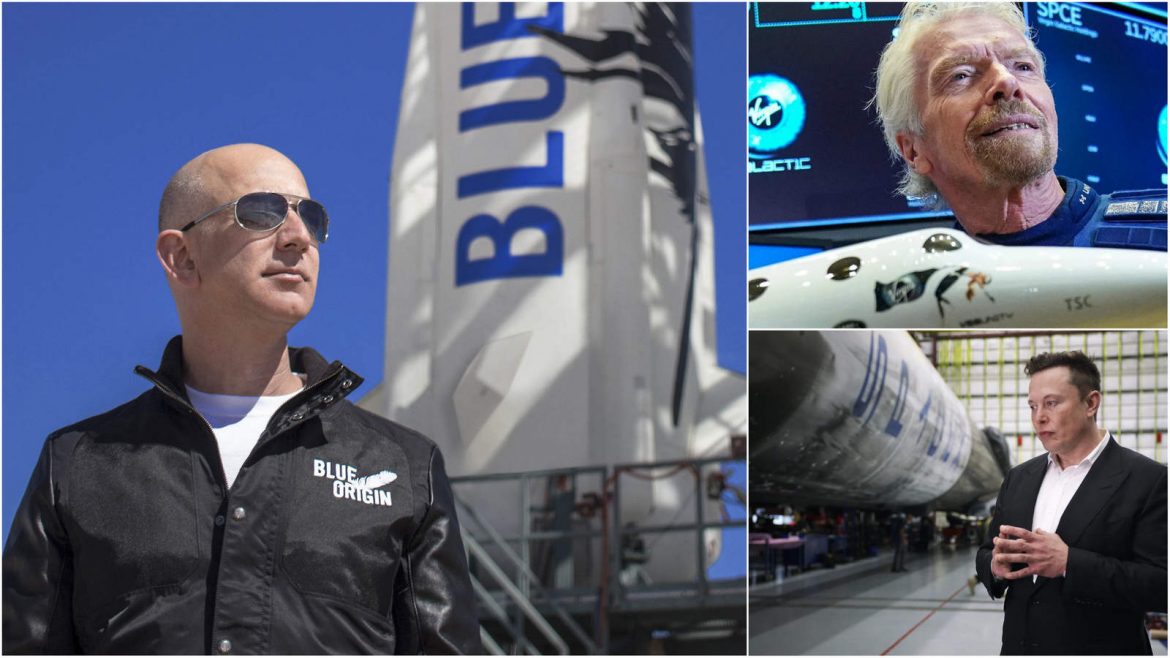The year 2021 will go down in history as the year when space tourism was finally launched after decades of waiting. In a span of just a few months, Virgin Galactic, Blue Origin, and SpaceX each flew their first sub-orbital flight with space tourists on board, representing a giant leap for the commercial spaceflight sector. Though, it’ll still take a few years for these aerospace companies to fully operationalize their sub-orbital spaceflight services. However, a recent research study has found that these space tourism crafts could severely damage the ozone layer, undoing the years of the concerted work that went into repairing the earth’s protective layer since the 1980s.
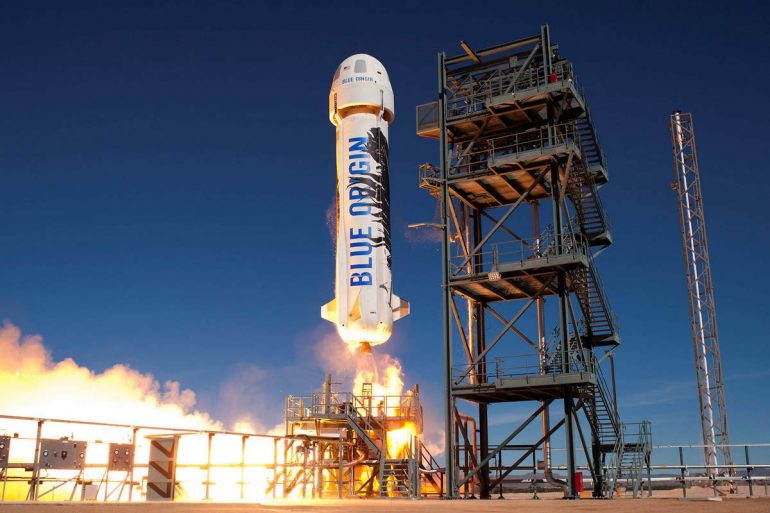
A combined study by UCL, the University of Cambridge, and the Massachusetts Institute of Technology was initiated to study the impact of space rockets on the atmosphere. The scientists who carried out the research found out that the soot given off by spacecraft retains heat at 500 times the rate of other soot sources and was dangerously damaging the layer of protective ozone around the planet. Study co-author Dr. Eloise Marais of UCL also argued that it’s “erroneous” to analyze spacecraft emissions with aircraft and ground-based sources.
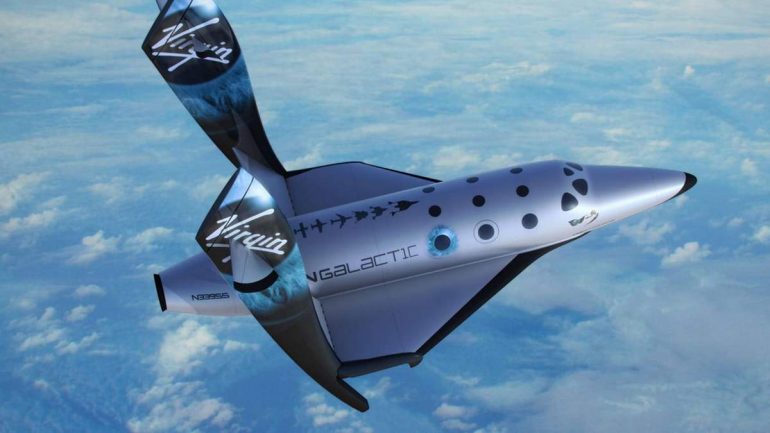
The university researchers examined data from 103 rocket launches in 2019, along with the space flights conducted by Virgin Galactic, Blue Origin, and SpaceX. The findings were shocking. The scientists claim that the warming due to soot more than doubled after just three years of additional emissions from space tourism. According to the study, the added rubber in the rocket fuel is one of the biggest contributors, amongst others. The researchers do agree that the adverse impacts caused by these commercial space flights are not that big currently, but they are asking for regulations for the sector to avoid causing irreversible damage in the future.

Different companies use different mixtures of rocket fuel to propel their spacecraft, causing different forms of pollutants. SpaceX’s Falcon 9 rocket uses kerosene, while NASA relies on liquid hydrogen for their new Space Launch System. According to a report by the Guardian, these fuels emit a variety of substances into the atmosphere, including carbon dioxide, water, chlorine, and other chemicals. However, Blue Origin claims the BE-3PM engine used by its New Shepard launch vehicle uses highly efficient and clean liquid oxygen and hydrogen, which produces water vapor as the only by-product.
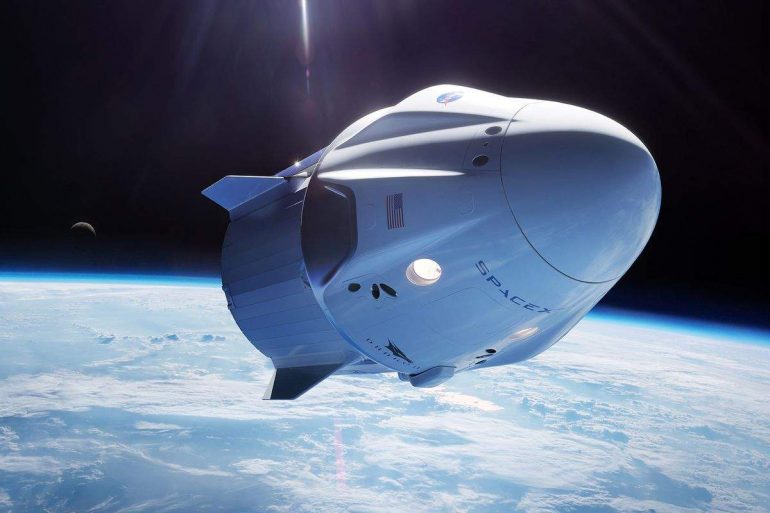
The ozone layer sits in the stratosphere between 15 km and 30 km above the earth and is made up of 03 oxygen molecules. It shields life on this planet from harmful ultraviolet radiation and its depletion could have serious effects on human health and the environment. The Ozone layer began to thin in the 1970s, caused by certain chemicals. In 1987, the Montreal Protocol was introduced to ban the substances, and the Ozone layer has healed over the last three and a half decades thanks to the efforts.
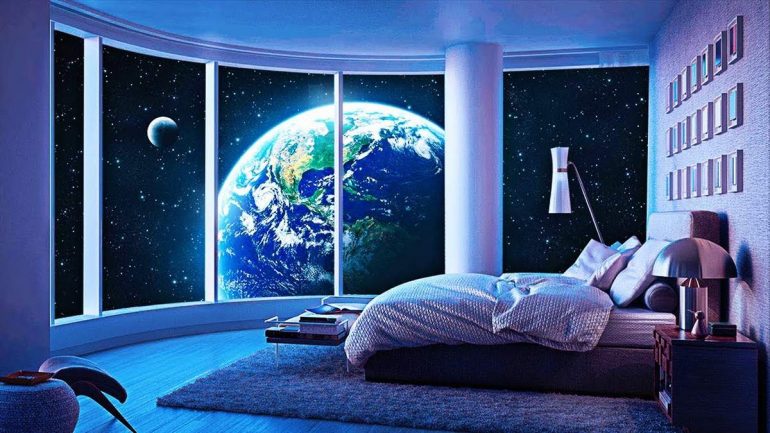
“The only part of the atmosphere showing strong ozone recovery post-Montreal Protocol is the upper stratosphere, and that is exactly where the impact of rocket emissions will hit hardest,” said Dr. Robert Ryan of UCL, the study’s lead author. “We weren’t expecting to see ozone changes of this magnitude, threatening the progress of ozone
